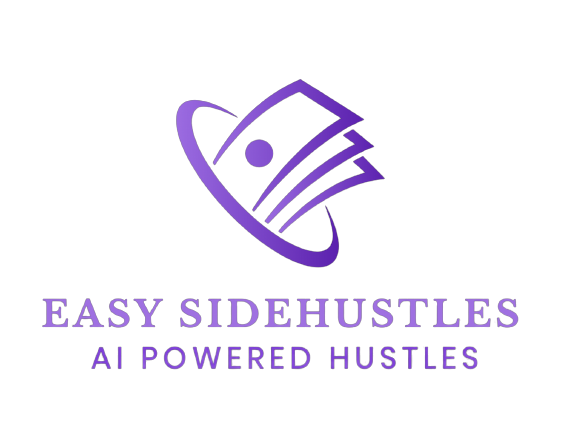The Best AI Design Tools for Seamless User Experiences
In today’s fast-paced digital era, creating seamless user experiences has become an imperative for businesses aiming to stay ahead of the competition. The emergence of Artificial Intelligence (AI) has revolutionized the design landscape, providing designers with various tools and capabilities to enhance their workflows. These AI design tools empower professionals to streamline their processes, unleash their creativity, and ultimately deliver exceptional user experiences. In this article, we will explore the best AI design tools that can transform your workflow and help you create seamless user experiences like never before.
1. Adobe Sensei: Revolutionizing Design with AI
Adobe Sensei is an AI-powered design tool that leverages machine learning and deep learning algorithms to enhance the creative process. Designed specifically for Adobe Creative Cloud users, Sensei assists designers in automating repetitive tasks, such as image editing, content generation, and typography selection. With its intelligent algorithms, Sensei helps designers save time and effort, allowing them to focus on more innovative aspects of their projects.
2. Framer X: Unleashing Interactive Design with AI
Framer X is a powerful design tool that integrates AI capabilities to enable designers to create interactive and dynamic user experiences. Its AI-powered features, such as auto-layout and smart component design, empower designers to rapidly prototype and iterate their designs. Framer X also offers an extensive library of pre-built AI-powered components, enabling designers to quickly incorporate advanced functionalities like voice recognition and facial recognition into their designs.
3. Sketch2React: Transforming Sketch Designs into Code with AI
Sketch2React is an AI-powered tool that bridges the gap between design and development by automatically converting Sketch designs into code. This tool allows designers to seamlessly transform their static design files into interactive and responsive web components, eliminating the need for manual coding. By automating the conversion process, Sketch2React helps designers save time and enhances collaboration between designers and developers.
4. Resemble AI: Generating Realistic Voiceovers with AI
Resemble AI is a revolutionary tool that utilizes AI to generate realistic voiceovers for various applications, such as videos, voice assistants, and interactive experiences. It employs deep learning algorithms to analyze and mimic human speech patterns, enabling designers to create lifelike voice interactions. With Resemble AI, designers can easily generate high-quality voiceovers in multiple languages and accents, enhancing the user experience with authentic and engaging audio.
5. Lobe: Creating Custom AI Models for Designers
Lobe is a user-friendly AI tool that enables designers to create custom AI models without any coding knowledge. By utilizing an intuitive drag-and-drop interface, designers can train AI models to recognize specific visual patterns, enabling them to personalize and enhance their designs. Whether it’s identifying user gestures or analyzing image data, Lobe empowers designers to incorporate AI capabilities into their projects, opening up new possibilities for creating seamless user experiences.
6. Canva: Simplifying Design with AI Assistance
Canva, a popular design tool, employs AI to simplify the design process for both professionals and non-designers. With Canva’s AI-powered features, such as automatic image cropping, font suggestions, and design recommendations, users can effortlessly create visually appealing designs without extensive design skills. This tool democratizes the design process, making it accessible to everyone and facilitating the creation of seamless user experiences.
7. UXPin: Enhancing Collaboration with AI Design Systems
UXPin is an AI-powered design tool that focuses on enhancing collaboration and consistency in design workflows. Its AI capabilities enable designers to create and maintain design systems that automatically update across all projects, ensuring consistency and efficiency. With UXPin, designers can easily collaborate with team members, automate mundane design tasks, and deliver exceptional user experiences across various digital platforms.
8. InVision Studio: Streamlining Design Workflows with AI
InVision Studio, a comprehensive design and prototyping tool, incorporates AI to streamline the design process and boost productivity. Its AI-powered features, such as real-time collaboration, design versioning, and automated design handoff, facilitate seamless communication between designers and developers. InVision Studio enables designers to iterate and refine their designs effortlessly, resulting in enhanced user experiences.
In conclusion, the emergence of AI has transformed the design landscape, providing designers with an array of tools to create seamless user experiences. From automating repetitive tasks to simplifying the design process, these AI design tools empower professionals to streamline their workflows, unleash their creativity, and ultimately deliver exceptional user experiences. By embracing these AI-powered tools, designers can revolutionize their processes and stay ahead in today’s competitive digital landscape. Whether you are an experienced designer or a novice, integrating AI into your design workflow can be a game-changer in creating remarkable user experiences.


